What Is Pleva Skin Disease
What is pleva skin disease. Pityriasis lichenoides et varioliformis acuta PLEVA is the acute form of an inflammatory skin condition called pityriasis lichenoides. Lesions tend to develop in small groups. There are two main types of PL.
PLEVA and PLC are usually mild but unfortunately can linger even with proper treatment. PLC is the relatively mild form of the disease pityriasis lichenoides. An acute form called pityriasis lichenoides et varioliformis acuta PLEVA and a milder longer-lasting form called pityriasis lichenoides chronica PLC.
Febrile ulceronecrotic Mucha-Habermann disease FUMHD is a rare and severe form of pityriasis lichenoides et varioliformis acuta PLEVA. It is a rare autoimmune skin disease caused by stress. The rash is accompanied by fever and joint pain and swelling Fig.
Pityriasis lichenoides is an uncommon disease of the skin that can present in three different forms. It was determined from the biopsy that this is something known as PLEVA of pityriasis lichenoides et varioliformis acuta. They are often covered with a fine mica-like adherent scale.
It is not contagious. This makes sense because I did have a lot of stress in my life at the time. Mucha-Habermann disease or pityriasis lichenoides et varioliformis acuta PLEVA is a form of cutaneous vasculitis of unknown origin.
Mucha-Habermann disease also known as pityriasis lichenoides et varioliformis acuta or PLEVA is a rare skin disorder. The lesions clear spontaneously after weeks or months but leave scars. People with PLEVA may develop a few to more than one hundred scaling papules which may become filled with blood.
Pityriasis lichenoides et varioliformis acuta PLEVA PLEVA is characterised by red patches that quickly evolve into papules 5-15 mm in diameter. At presentation the dermatitis has the appearance of chronic or recurrent chickenpoxlike lesions that become atrophic and scarred.
Pityriasis lichenoides et varioliformis acuta PLEVA is the acute form of an inflammatory skin condition called pityriasis lichenoides.
The rash is accompanied by fever and joint pain and swelling Fig. It was determined from the biopsy that this is something known as PLEVA of pityriasis lichenoides et varioliformis acuta. There are two main types of PL. Pityriasis lichenoides et varioliformis acuta. A person with PLC tends to have multiple episodes of papules on the skin lasting for months or a few years meaning the disease is chronic. PLC is the relatively mild form of the disease pityriasis lichenoides. An acute form called pityriasis lichenoides et varioliformis acuta PLEVA and a milder longer-lasting form called pityriasis lichenoides chronica PLC. Mucha-Habermann disease most often affects children or. The centre of the papules often becomes filled with pus and blood or.
Pityriasis lichenoides chronica PLC is a skin disease that causes the development of small scaling raised spots papules on the skin. The rash is accompanied by fever and joint pain and swelling Fig. Pityriasis lichenoides is an uncommon disease of the skin that can present in three different forms. At presentation the dermatitis has the appearance of chronic or recurrent chickenpoxlike lesions that become atrophic and scarred. Mucha-Habermann disease or pityriasis lichenoides et varioliformis acuta PLEVA is a form of cutaneous vasculitis of unknown origin. PLEVA and PLC are usually mild but unfortunately can linger even with proper treatment. The acute type is termed as Pityriasis Lichenoides Et Varioliformis Acuta or PLEVA and is characterized by sudden development of eruptions of scaling papules which are small in size and turn into blisters then finally crust over resulting in reddish-brown spots.



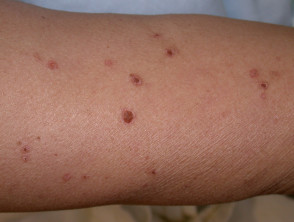



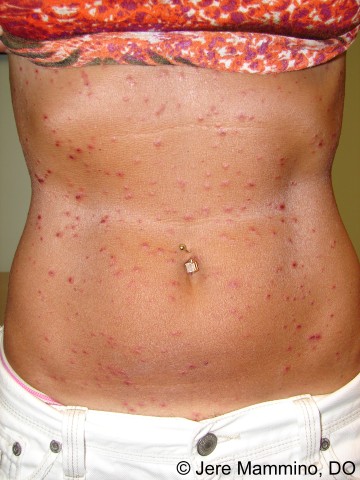
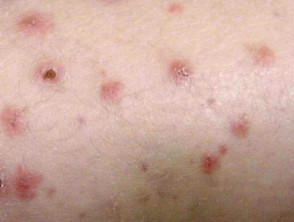





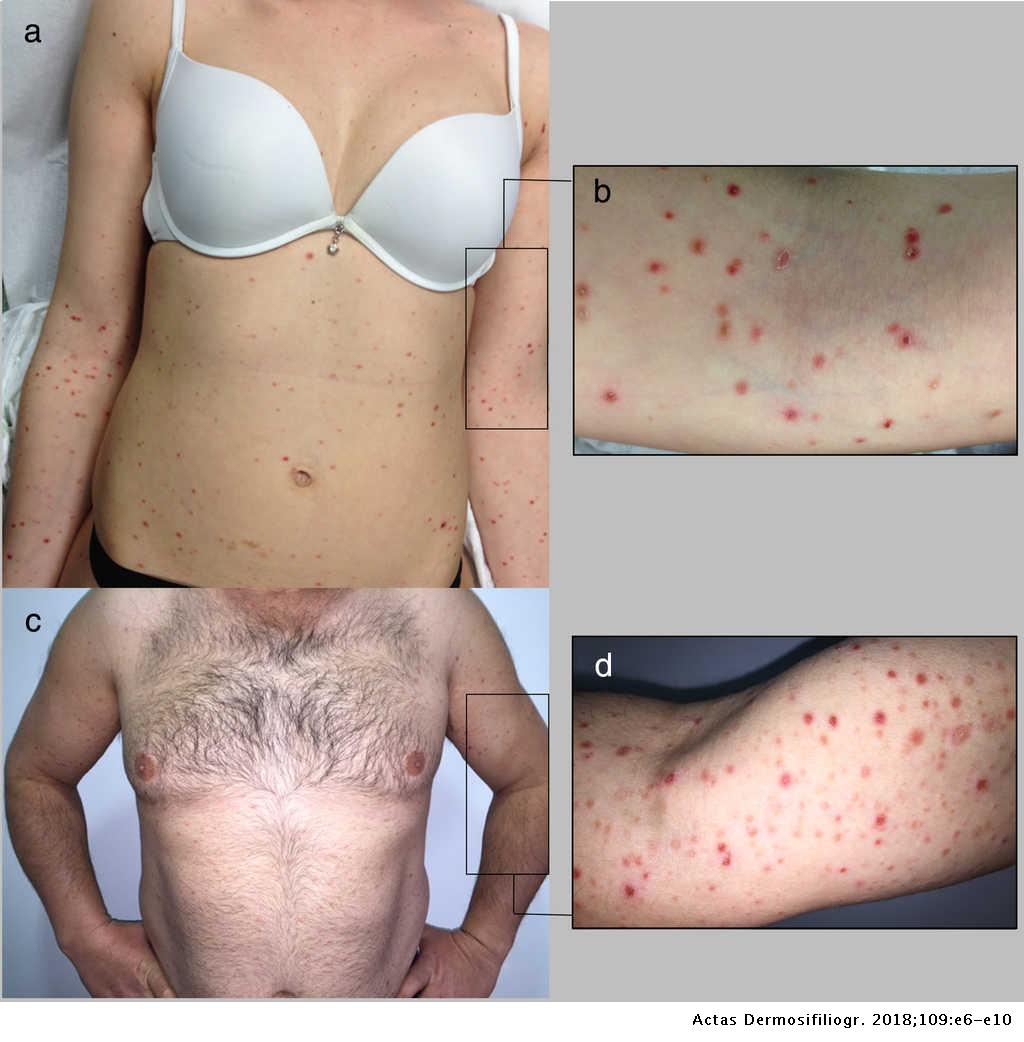





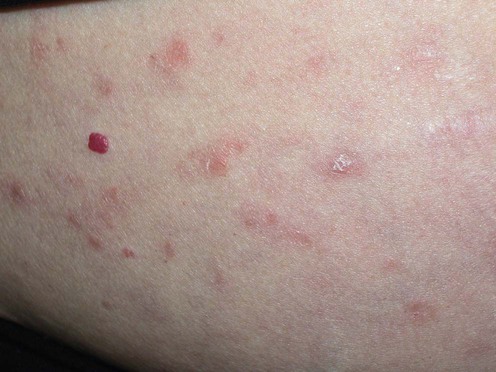
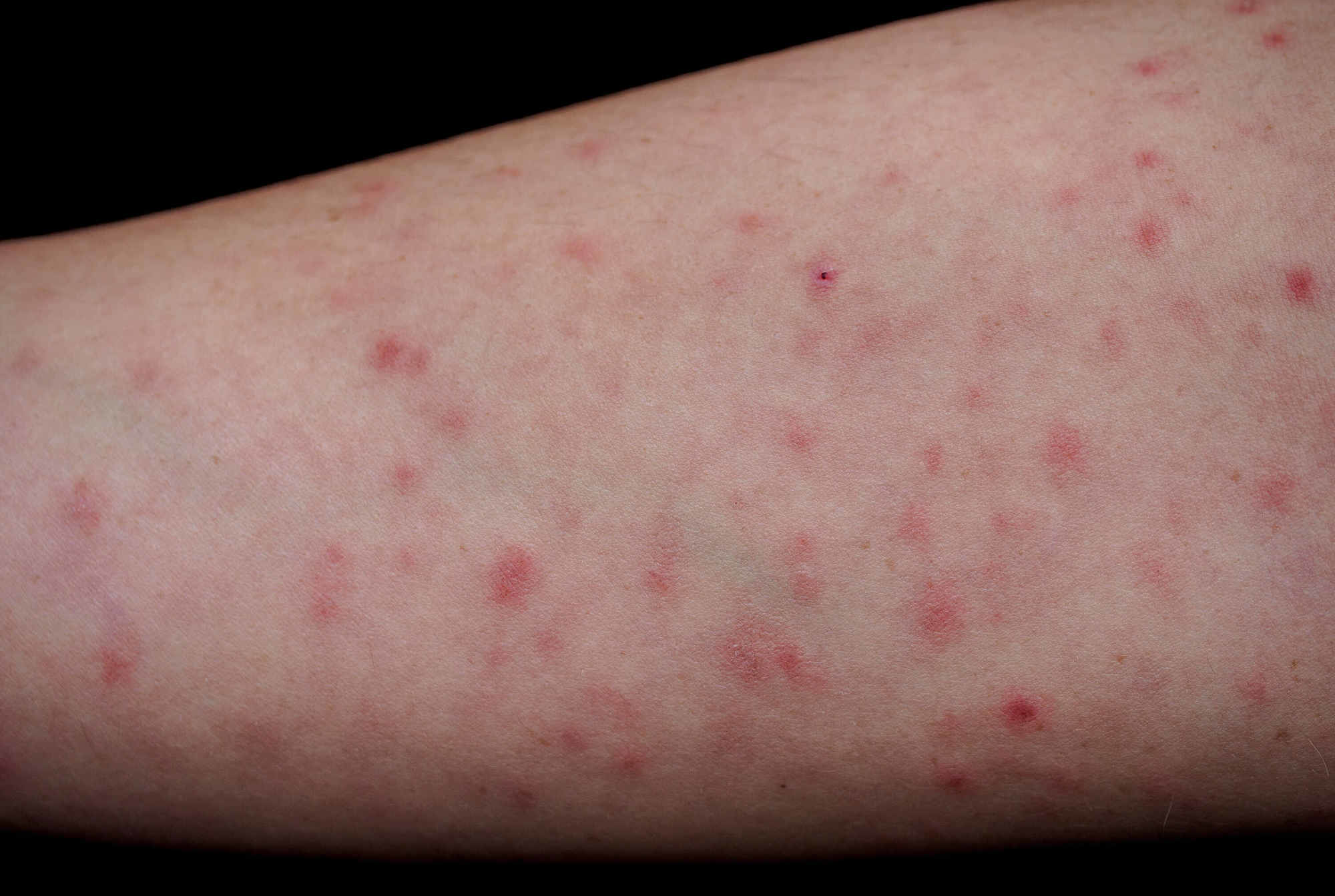

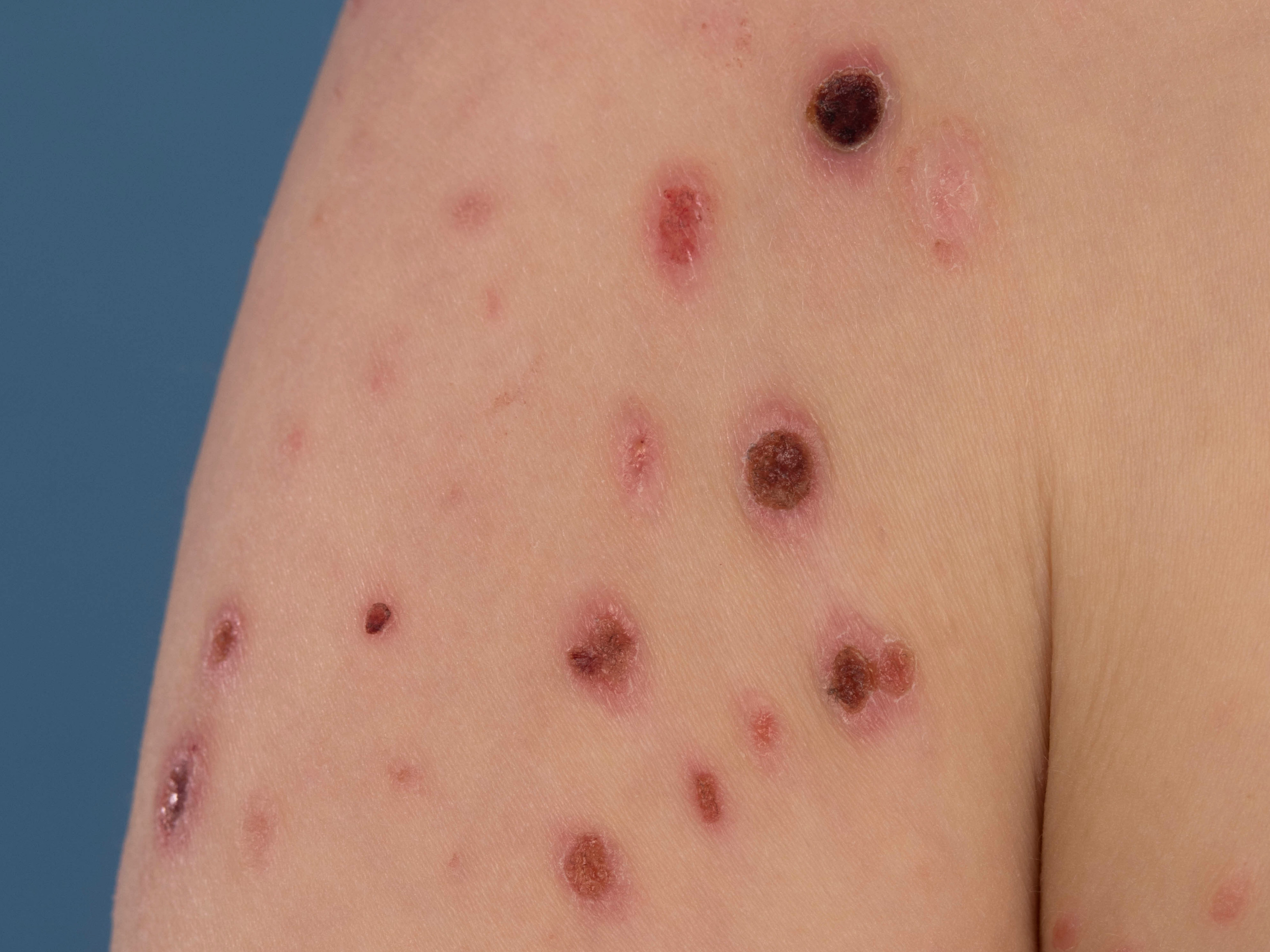



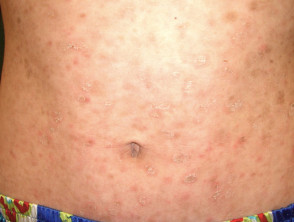

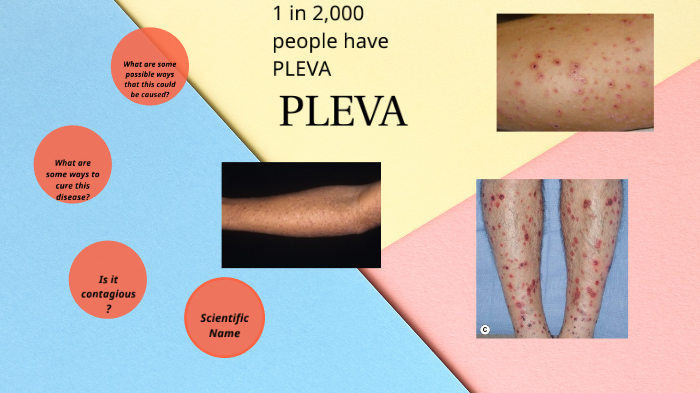


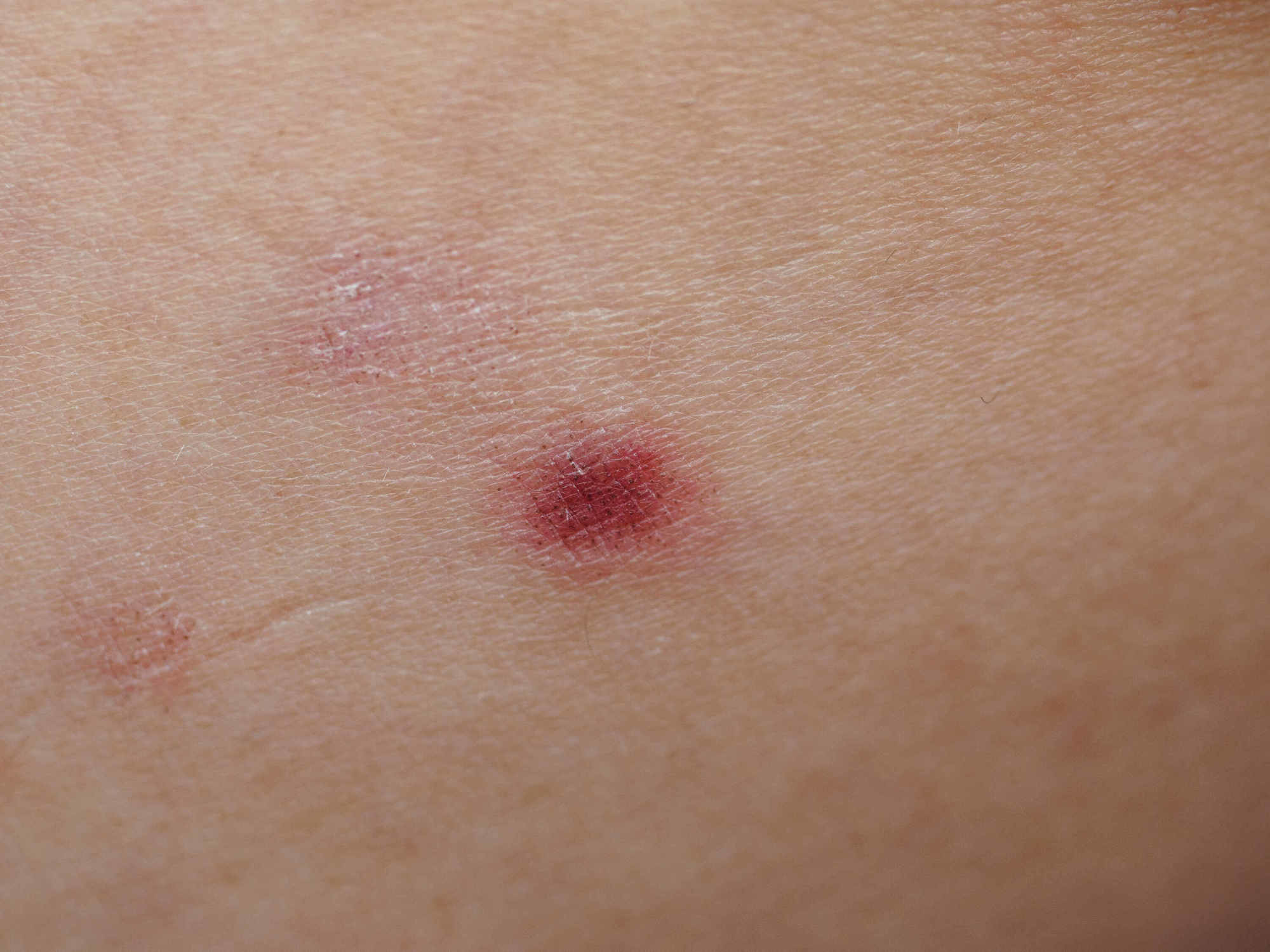
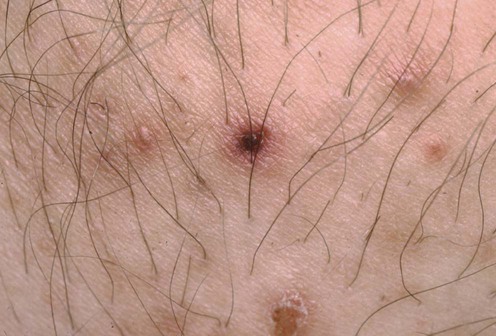







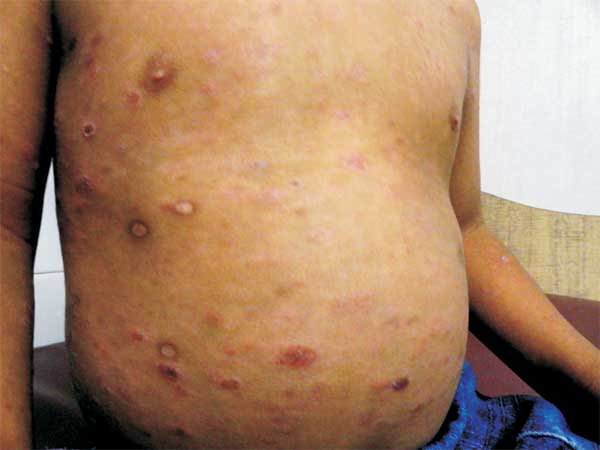

Post a Comment for "What Is Pleva Skin Disease"